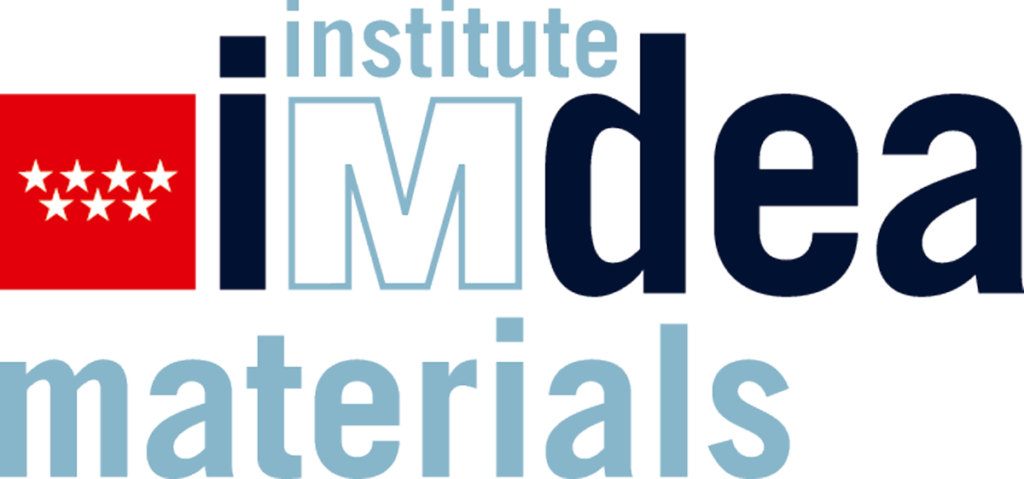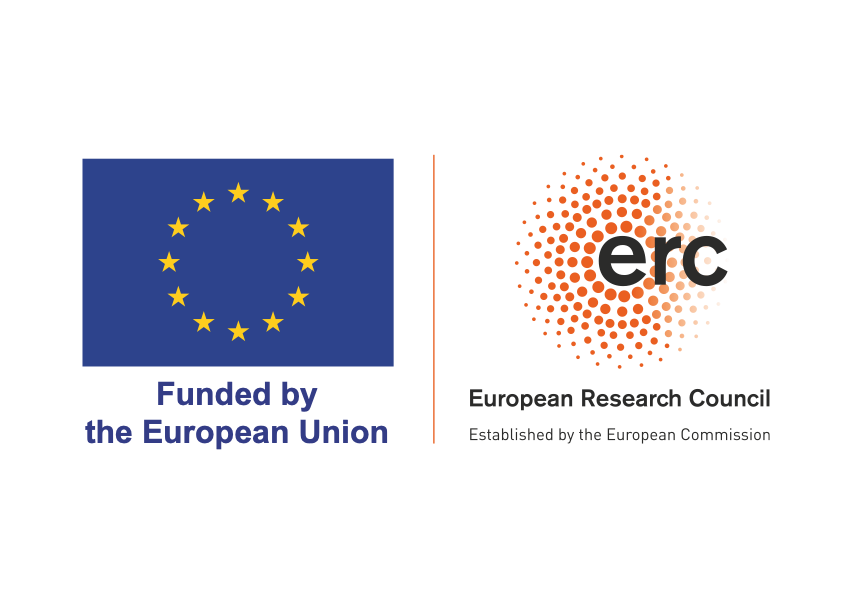Project details
Funding: ERC-2021-COG. European Research Council Executive Agency (ERCEA)
Project coordinator: IMDEA Materials.
Project period: 01/09/2022 – 31/08/2027
IMDEA Materials' researchers
Dr. Juan José Vilatela
Abstract
Yarns are a natural architecture to assemble small building blocks into macroscopic objects and are thus woven into our history, from fabrics of natural fibres in ancient times to fibres of synthetic polymers developed in the 20th century for lightweight applications. Humankind’s new building blocks are nanomaterials, with superlative properties in all areas (optoelectronic, catalytic, transport, structural) relevant for global challenges related to energy use, storage and conversion.
UNIYARNS proposes a new universal route for gas-phase assembly of one-dimensional nanomaterials into kilometric yarns, applicable to materials central to energy applications (metal oxides, semiconductors and semi-metals), and reaching high volume fractions without use
of processing solvents or polymers. The strategy is to grow ultra-long nanomaterials by atmospheric-pressure floating catalyst chemical vapour deposition (FCCVD) at sufficiently high concentration for them to entangle and form aerogels suspended in the gas phase that can then be directly drawn as continuous, macroscopic yarns.
The first objective of the project is to demonstrate the generality of the FCCVD synthesis process, with a particular focus on metal oxide nanowires. A further objective is to study the kinetics and reaction paths in 1D nanomaterials synthesis with floating catalysts in order to understand the exceptionally fast growth rate inherent to this synthesis mode and to explore its boundaries of selectivity and conversion. The next objective is to describe aerogel formation by determining factors at the aerogel network level and at the molecular-scale level that govern gas-phase assembly. The final objective is to establish clear structure-property relations for nanostructured yarn systems to overcome the current envelope of materials properties through the low charge transport resistance and high toughness of their network structure.
Partners

Funded by

Funded by the European Union under Grant Agreement 101045394. Views and opinions expressed are however those of the author(s) only and do not necessarily reflect those of the European Union. Neither the European Union nor the granting authority can be held responsible for them.

